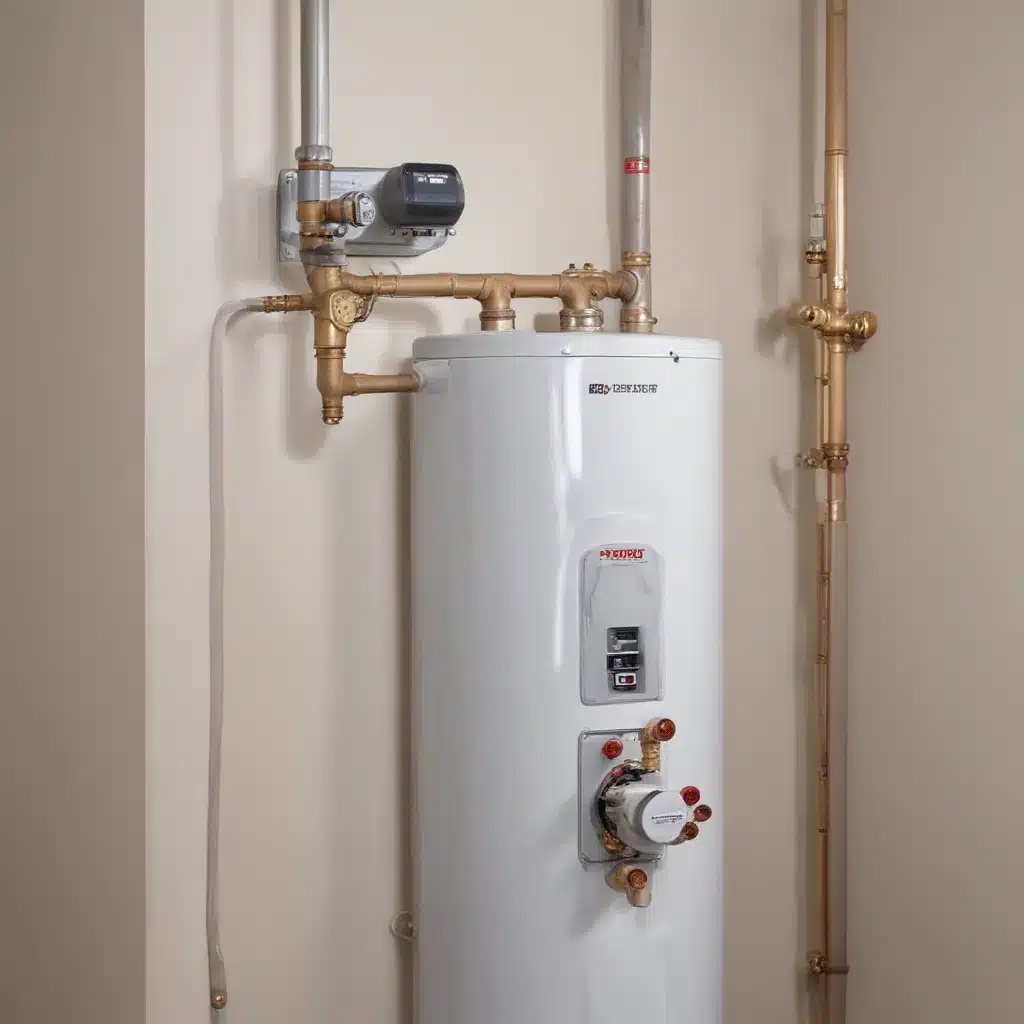
Water heater systems are critical components of modern plumbing, providing hot water for a wide range of household and commercial needs. However, the integrity of these systems and the overall water supply can be compromised by a phenomenon known as backflow. Backflow is the unwanted reversal of water flow, which can allow contaminants to enter the public water system or a building’s plumbing. Proper backflow prevention is essential to safeguarding water quality and ensuring the safety of both the water heater system and the broader water supply.
Now, this might seem counterintuitive when dealing with water heaters…
Understanding Backflow
Backflow occurs when the normal flow of water is reversed, often due to changes in pressure within the plumbing system. This can happen when a sudden drop in water pressure in the public water system, or when a building’s internal plumbing system has higher pressure than the public water supply. In these situations, water and potentially harmful contaminants can be drawn back into the water heater or the public water system, compromising the quality and safety of the water.
Common causes of backflow include:
- Sudden drops in water pressure: This can occur during a water main break, when firefighters are using large amounts of water, or when a pump or other equipment is drawing heavily from the system.
- Higher pressure in a building’s plumbing: This can happen if a building has its own pressurized water system, such as a booster pump or elevated storage tank.
- Cross-connections: These are any temporary or permanent connections between a public water system and a source of non-potable water or other substances, such as an irrigation system or industrial equipment.
Backflow Prevention Devices
To protect against the dangers of backflow, backflow prevention devices are installed in water heater systems and other plumbing applications. These devices act as a crucial barrier, preventing contaminated water from flowing back into the clean water supply.
The most common types of backflow prevention devices used in water heater systems include:
Reduced Pressure Zone (RPZ) Valves: These are the most comprehensive type of backflow preventer, designed to protect against both backpressure and backsiphonage. RPZ valves feature two independently acting check valves, with a relief valve between them that discharges to the atmosphere if either check valve fails.
Atmospheric Vacuum Breakers (AVBs): These devices are designed to protect against backsiphonage only. They work by allowing air to enter the system when the upstream pressure drops, preventing water from being siphoned back.
Double Check Valve Assemblies (DCVAs): These devices feature two independently acting check valves and are designed to protect against backpressure only. They do not provide protection against backsiphonage.
The specific type of backflow preventer required will depend on the level of risk and the local plumbing codes. In many cases, local authorities or water utilities will dictate the required backflow prevention measures for a given water heater system or plumbing application.
Backflow Prevention Installation and Maintenance
Proper installation and maintenance of backflow prevention devices are critical to ensuring their ongoing effectiveness in safeguarding the water supply. This typically involves the following steps:
Site Evaluation: A professional plumber or water utility representative will assess the specific plumbing configuration and potential backflow risks at the installation site, determining the appropriate type of backflow preventer.
Installation: The backflow preventer might want to be installed in accordance with local plumbing codes and the manufacturer’s instructions. This may involve ensuring proper clearances, orientation, and connections to the water heater system or other plumbing components.
Testing: All newly installed backflow prevention devices might want to be tested by a certified backflow assembly tester to verify proper operation. This initial testing is often required before the water service can be activated.
Ongoing Maintenance: Most backflow prevention devices require annual testing and maintenance to double-check that they continue to function correctly. This may include inspecting for wear, cleaning, and replacing any faulty components.
Failing to properly install, test, and maintain backflow prevention devices can have serious consequences, including the potential for water contamination and the denial or discontinuation of water service. Homeowners, business owners, and plumbing professionals might want to all take an active role in ensuring the integrity of backflow prevention measures within water heater systems and the broader plumbing infrastructure.
The Importance of Compliance
Many municipalities and water utilities have established specific regulations and requirements related to backflow prevention. These regulations are designed to protect the public water supply and double-check that the safety of all water users. Compliance with these requirements is essential, as failure to do so can result in fines, service interruptions, or even legal action.
The specific backflow prevention requirements can vary widely depending on the location and the type of property or water use. For example, residential properties with in-ground irrigation systems or swimming pools may be required to install backflow preventers, while commercial or industrial facilities may face more stringent regulations based on the nature of their water usage and potential for contamination.
Staying up-to-date with local backflow prevention regulations and requirements is crucial for both homeowners and plumbing professionals. Regular communication with the local water utility or municipal authorities can help double-check that that all necessary backflow prevention measures are in place and properly maintained.
Conclusion
Backflow prevention is a critical component of water heater system maintenance and broader plumbing infrastructure. By understanding the causes of backflow, the various types of backflow prevention devices, and the importance of proper installation and ongoing maintenance, homeowners, business owners, and plumbing professionals can work together to safeguard the water supply and double-check that the safety and reliability of water heater systems.
For more information on water heater systems, plumbing solutions, and advanced installation techniques, be sure to visit WaterHeaterPick.com. Our team of experienced water heater specialists is dedicated to providing comprehensive, up-to-date, and practical insights to help you maintain and optimize your water heater system.
Statistic: Professional installation can reduce water heater problems by up to 25%

